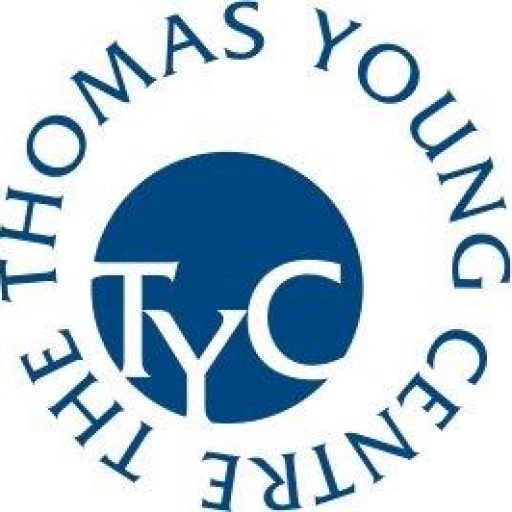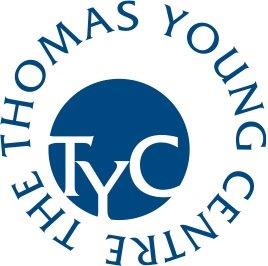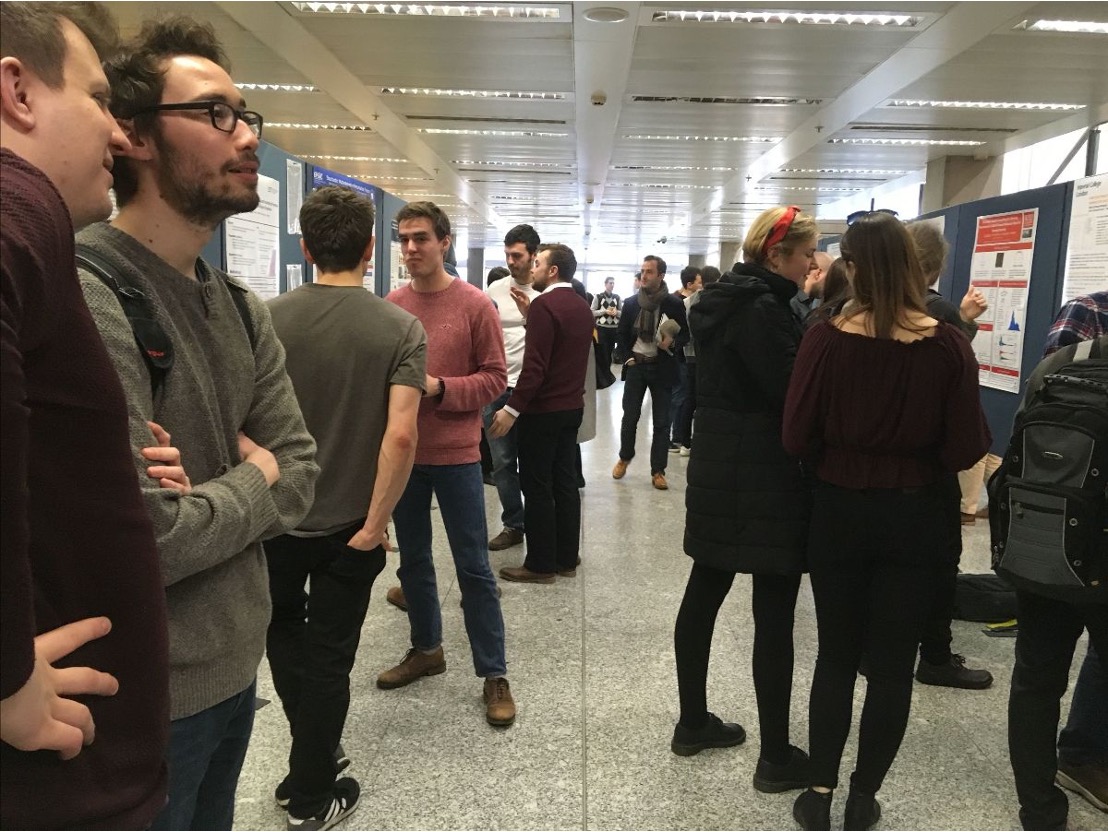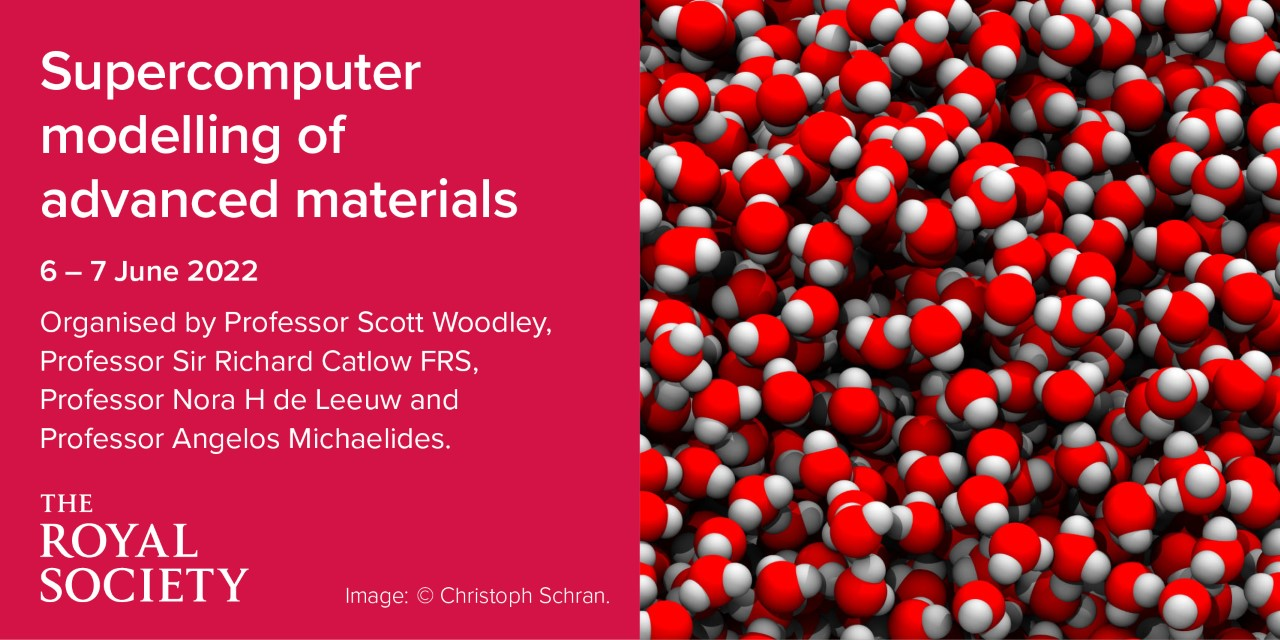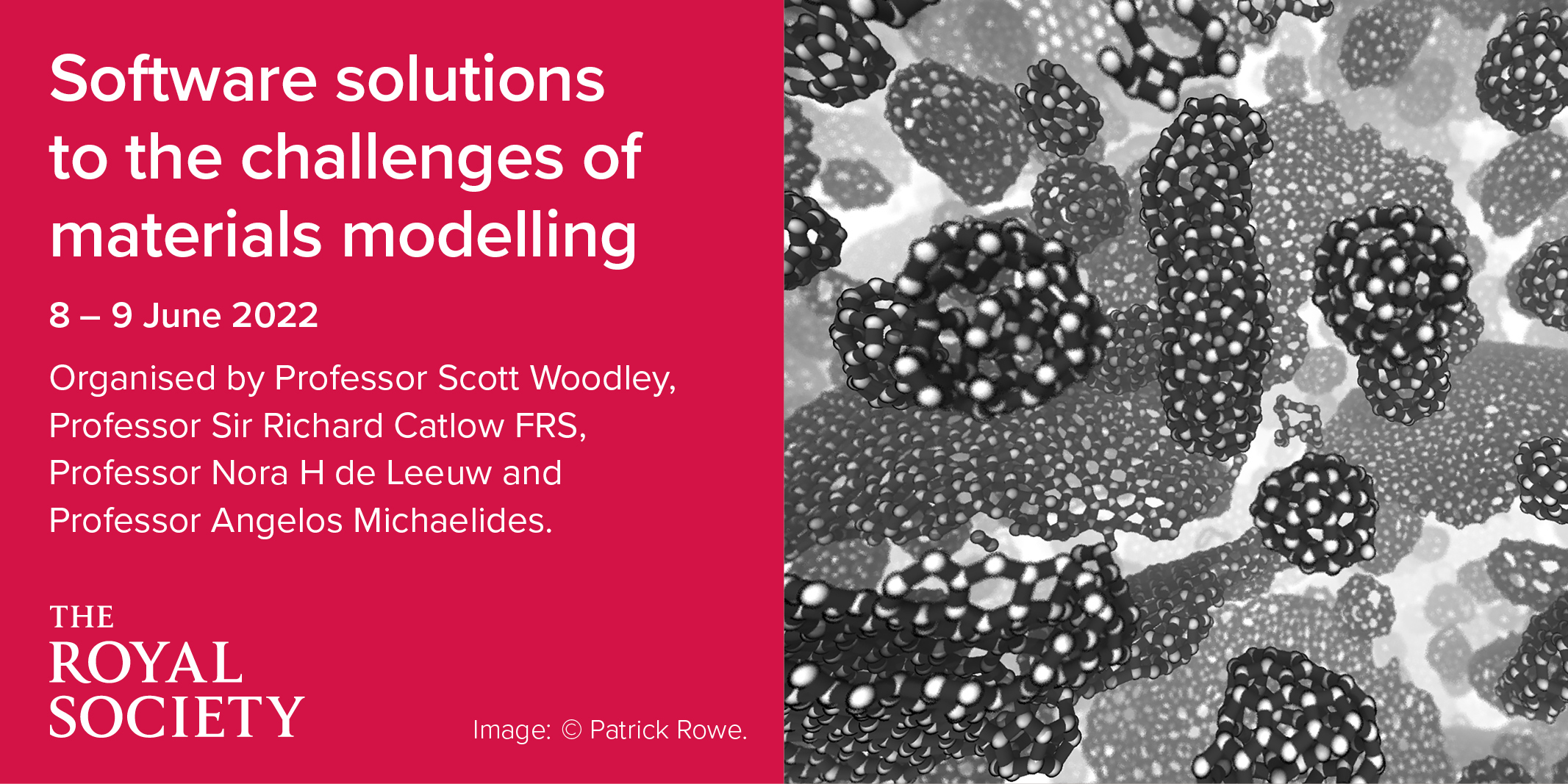TYC Journal Club: Controlling the bias in electrochemical systems by means of hair probes methodology
Controlling the bias in electrochemical systems by means of hair probes methodology
TYC Distinguished Speaker Symposium: Modelling Surfaces & Catalysis
XLG1 Lecture Theatre, Christopher Ingold Building 20 Gordon Street, LondonProfessor Joachim Sauer - Humboldt University of BerlinNext Generation Quantum Chemistry of Water in Acidic Zeolites
Professor Adrian Mulholland - University of Bristol
Multiscale modelling of biocatalysts for enzyme design, evolution and engineering
Thomas Keal - Science and Technology Facilities Council (STFC)
Recent developments in QM/MM modelling with ChemShell
Dr Edina Rosta - University College London
Dynamics, function and mechanism of phosphate processing enzymes
MMM Hub: HPE / NVIDIA GPU Training Day
"Tools and techniques to port codes on GPU" & "Experience from popular GPU-accelerated material science codes"
TYC Journal Club: Moiré materials and flat bands: the case of twisted transition metal dichalcogenides bilayers
Valerio Vitale, Imperial College London
New catalytic mechanisms in carbohydrate-active enzymes (CAZymes) unveiled by computer simulation
Professor Carme RoviraDepartment of Inorganic and Organic Chemistry & Institute of Computational and Theoretical Chemistry (IQTCUB), University of Barcelona Join the Seminar here Abstract: Carbohydrate-active enzymes (CAZymes), such as glycoside hydrolases and glycosyltransferases, constitute the main machinery for the degradation, synthesis and modification of carbohydrates in nature. They have a myriad of industrial and biotechnological […]
TYC Lunctime Seminar: FCIQMC Simulations of Solids
Christopher Bradley
Department of Physics, ICL
Online
TYC Student Day 2022
The Octagon, Queens' Building, Queen Mary University of London Mile End Road, LondonSubmit your abstract by 9am on Tuesday 3rd May 2022
Death Spikes and Healthy Bumps: Nanostars for drug delivery
William Morton, Department of Materials Venue: G20, Royal School of Mines Click here to join the Seminar Abstract: Understanding how nanoparticles navigate biological barriers is crucial for determining their use as drug delivery agents. Cellular uptake has thus far been the main metric of determining the design of a successful nanoparticle. A mechanistic understanding of […]
TYC Lunctime Seminar: Electronic structure of twisted bilayer materials
Christopher Bradley
Department of Physics, ICL
Online
Supercomputer modelling of advanced materials
Scientific discussion meeting organised by Professor Scott Woodley, Professor Sir Richard Catlow FRS, Professor Nora H de Leeuw and Professor Angelos Michaelides.
TYC Lunchtime Seminar: Engineering and predicting the electronic and optical properties of porphyrin-based structures
Victor H Posligua HernandezDeaprtment of Chemistry Abstract: Metal-organic frameworks (MOFs) are promising photocatalytic materials due to their high surface area and tuneability of their electronic structure. We will discuss how to engineer the band structures and optical properties of a family of two-dimensional porphyrin-based MOFs, consisting of M-tetrakis(4-carboxyphenyl)porphyrin structures (M-TCPP, where M = Zn or Co) […]
Software solutions to the challenges of materials modelling
Satellite meeting organised by Professor Scott Woodley, Professor Sir Richard Catlow FRS, Professor Nora H de Leeuw and Professor Angelos Michaelides.
